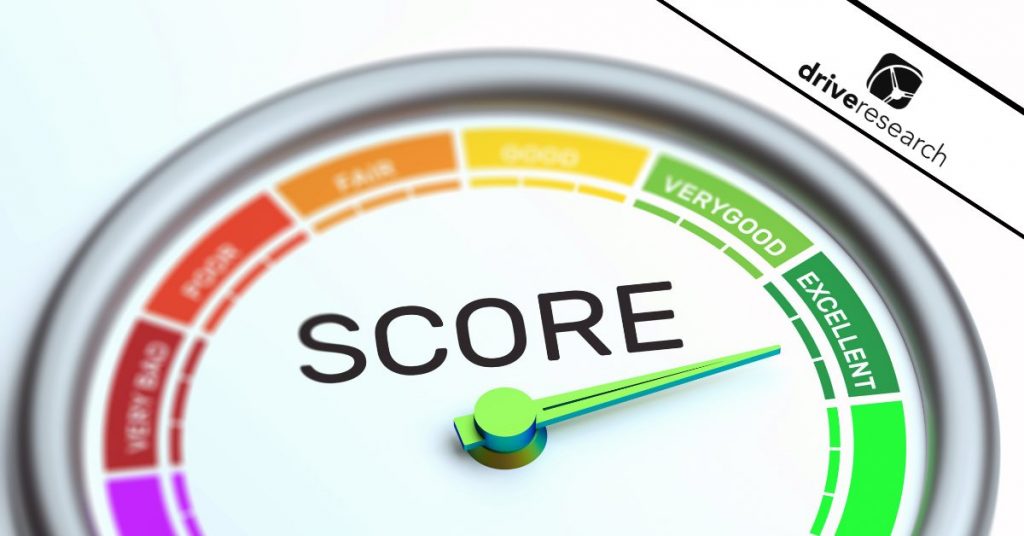
Is NPS or Net Promoter Score the “best” metric? Market research pros often use NPS as a starting point to help understand customer satisfaction and behaviors. However, it’s important to understand other factors affecting customers that NPS does not take into account.
It’s also important to understand metrics like this will always be evolving. This is where net brand advocacy (NBA) comes into play.
First, what is NPS?
Net Promoter Score (NPS) is a popular metric used by organizations to shed light on customer loyalty, satisfaction, and advocacy. Typically, NPS is measured quarterly or yearly. The results are compared over time to help improve strategy and growth. The score may also heavily influence employee bonuses, thoughts organizational health, and more.
We’ll expand on this further in this blog post.
What is Net Promoter Score (NPS)?
Many B2B organizations measure NPS to better understand customer brand advocacy. To measure NPS, researchers ask, “How likely are you to recommend [example organization] to a friend or colleague?” Response options range from 0 to 10, where 0 is not at all likely and 10 is extremely likely.
After this, the results are broken down into three different groups.
- Brand promoters are those who provided a rating on 9 or 10.
- Passives are those who provided a rating of 7 or 8.
- Detractors are those who provided a rating of 0 to 6.
NPS is calculated as the difference in the percentage of promoters (those who rate a company 9 or 10) and detractors (those who rate a company 0 to 6). Passives, or those who could be swayed to being a promoter or a detractor, are those who rate a company a 7 or 8. Scores can range from -100 to +100.
What are the limitations with Net Promoter Score (NPS)?
Research has shown NPS is often tied to employee compensation, company goals, and growth. The problem with using Net Promoter Score rating is:
- It does not take sales information into account
- It has no standalone value
- It does not help organizations understand segments, it pays little attention to passives, and it creates tunnel vision.
With research, it is important to incorporate balance. For example, our market research experts at Drive Research add follow-up and supporting questions to shed light on key metrics like NPS.
It’s also important to consider other key performance indicators in addition to NPS. Some organizations, however, may find it is difficult for them to change the status quo within their organization.
Issues may include the process is well-established throughout the organization, a new metric requires significant effort to change throughout the organization, and it is difficult to understand what metrics are truly better than NPS.
What if the groups defined by NPS do not correlate to customer actions? This is where net brand advocacy takes NPS to the next level.
Learn more about limitations with NPS.
What is Net Brand Advocacy (NBA)?
One way to increase the value of NPS is to consider utilizing Net Brand Advocacy. NBA shows how the results of NPS should be regrouped to better match customer actions.
To better understand NBA, researchers asked two questions in addition to NPS:
Q1: If someone asked which company they should choose for [example industry], I would…
- Discourage them from choosing [example organization]
- Don’t know or unsure
- Neither – I do not have a strong opinion about [example organization]
- Recommend they choose [example organization]
Q2: What have you said about [example organization] over the past year?
- Something negative
- Something positive
- Neither
The results of these two questions were compared to the ratings of NPS to better understand how the ratings predict current actions. Rather than following the NPS groups, NBA recategorized them into non-advocates (provided a rating of 0 to 2), potential advocates (provided a rating of 3 to 7), and advocates (provided a rating of 8 to 10).
Non-advocates included respondents who discouraged others from using the brand and said something negative about the brand over the past year.
Potential advocates included respondents who were unsure/did not have a strong opinion about the brand and have not said anything positive or negative about the brand over the past year.
Advocates included respondents who were highly likely to recommend the brand and have said something positive about the brand over the past year.
Changing from the NPS to NBA can be an easy switch and provide organizations with a better understanding of current customer actions.
Contact Drive Research
Drive Research is a national market research company. Our team has the knowledge and tools to design a robust qualitative or quantitative market research study.
Interested in learning more about our market research services? Reach out through any of the four ways below.
- Message us on our website
- Email us at [email protected]
- Call us at 888-725-DATA
- Text us at 315-303-2040



